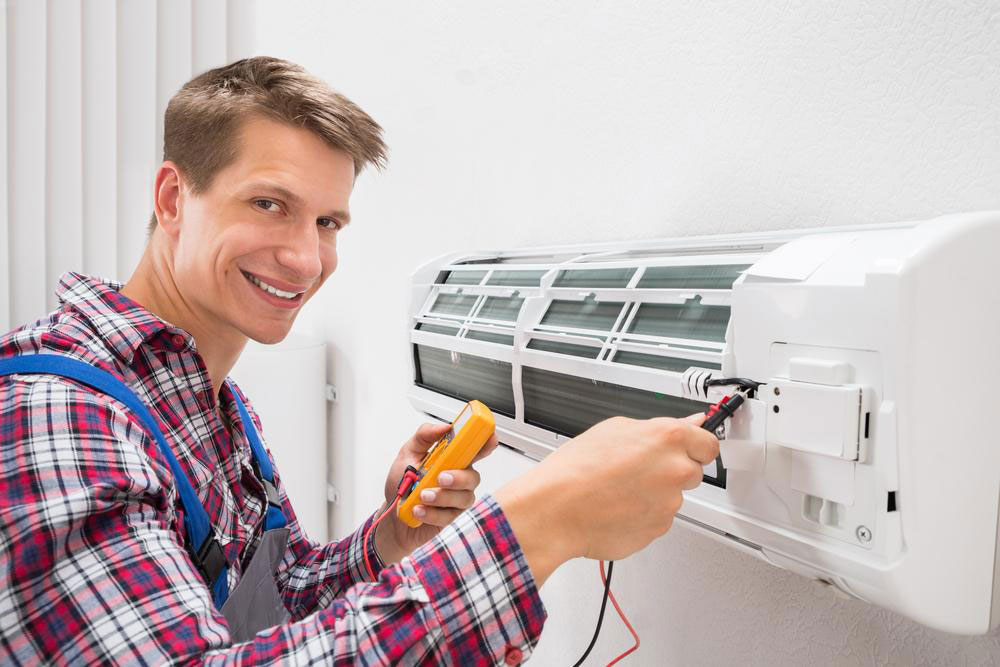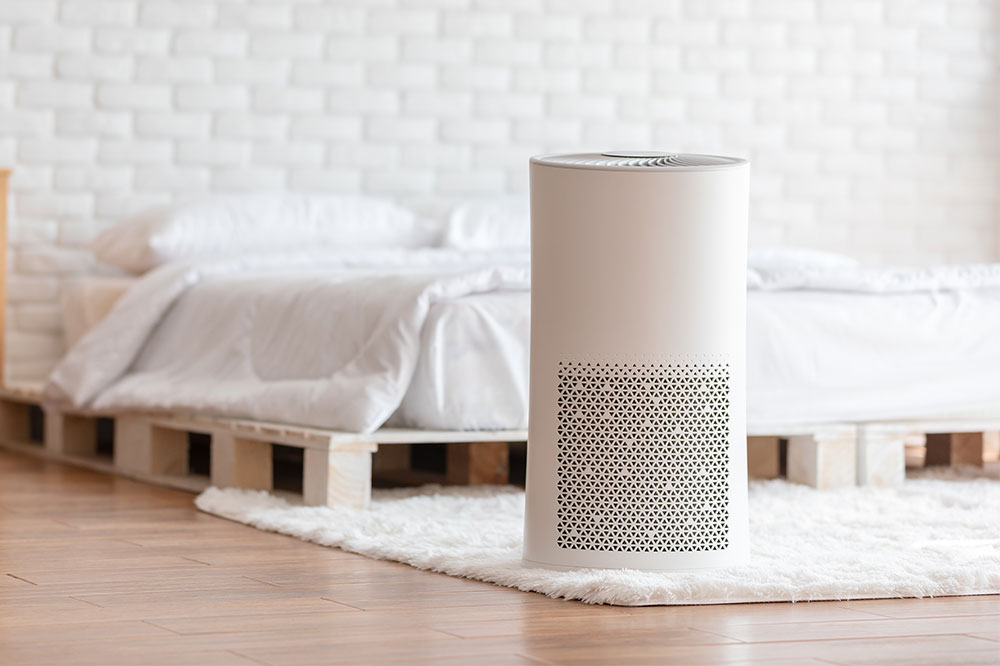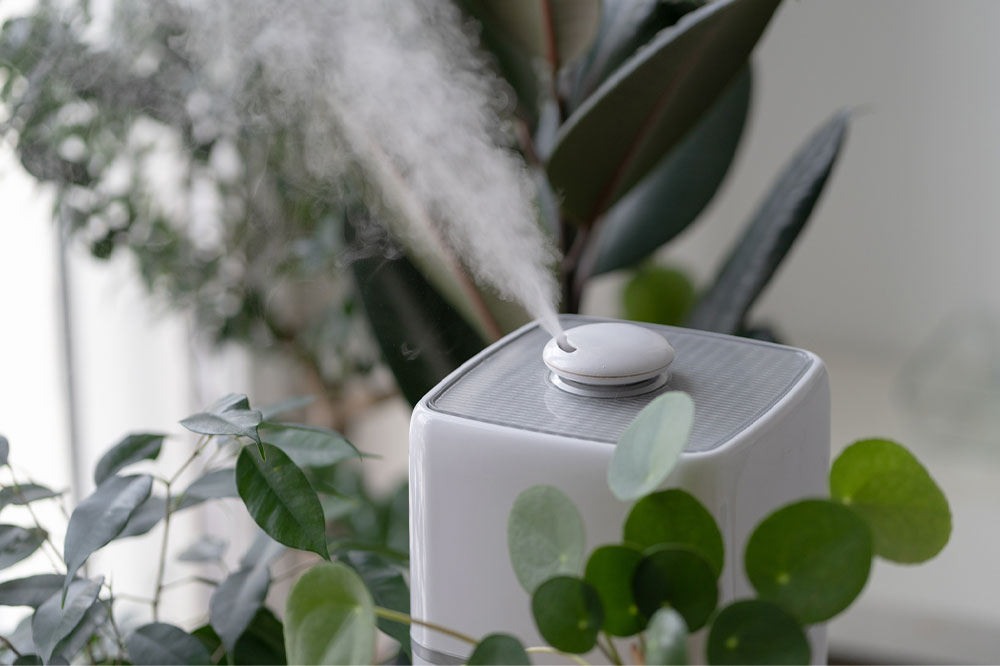Essential Tips Before Installing an Air Conditioning System
This article offers essential guidance for selecting and installing the right air conditioning system. It covers various types of AC units, installation considerations, ductwork options, and tips to improve indoor air quality. Whether upgrading existing systems or installing new ones, understanding these factors ensures optimal performance, energy efficiency, and indoor comfort in residential or commercial spaces.

Essential Tips Before Installing an Air Conditioning System
Proper expertise and tools are crucial for installing any air conditioning unit. This article provides an overview of various AC types and key considerations for choosing and installing an air conditioner in your home or workplace.
There are primarily three types of air conditioning systems.
Window Air Conditioners
As one of the oldest designs, window units are suitable for cooling small spaces like apartments or living rooms. They are simple to install and cost-effective to operate. These units are mounted in windows, drawing in air, cooling it, and then releasing it into the room.
Split AC Systems
Popular across many households, split systems are called so because they consist of two parts: an indoor unit (with a blower and evaporator) and an outdoor unit (housing the condenser and compressor). This setup allows efficient cooling with minimal space usage.
Packaged Units
These systems combine cooling and heating functions, incorporating a heat pump. Commonly used in commercial spaces, they are valued for their compact size and versatility.
Typically part of HVAC systems, these units require ductwork for airflow.
When installing new units:
Installing New Duct Systems
Homes or offices without existing ductwork may opt for ductless models, such as split units. HVAC or ducted systems involve additional space and costs for duct installation.
Repairs to Existing Ducts
For spaces with existing ductwork, repairs or modifications might be necessary to support new AC units. Damaged or leaky ducts can reduce efficiency by up to 30%, leading to higher energy use and inconsistent temperatures. Proper sealing and maintenance are essential.
Improving Indoor Air Quality
Installing an AC alone might not provide sufficient dehumidification. Depending on your location, additional equipment like whole-home dehumidifiers or air purifiers might be needed to enhance air quality and comfort.
Note:
The information shared here is aimed at guiding readers through different aspects of AC installation. While it offers valuable insights, it should not replace professional advice. The website disclaims responsibility for any discrepancies or outdated information. Additionally, some promotional schemes or offers may not be covered in this content.










